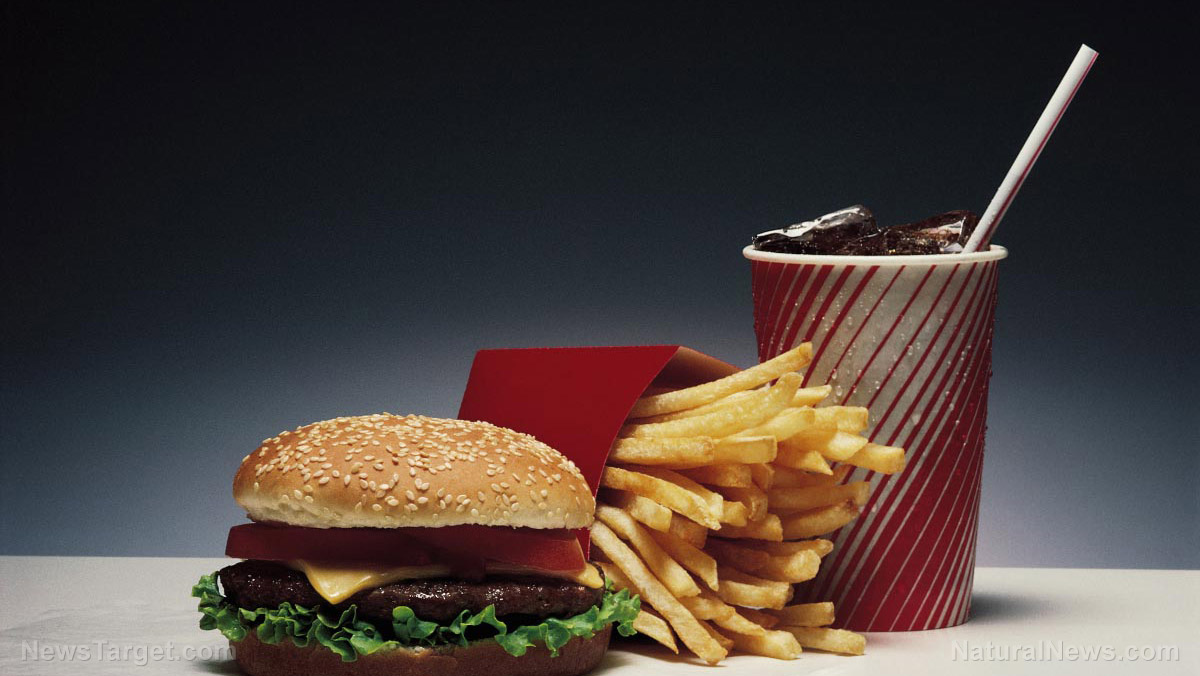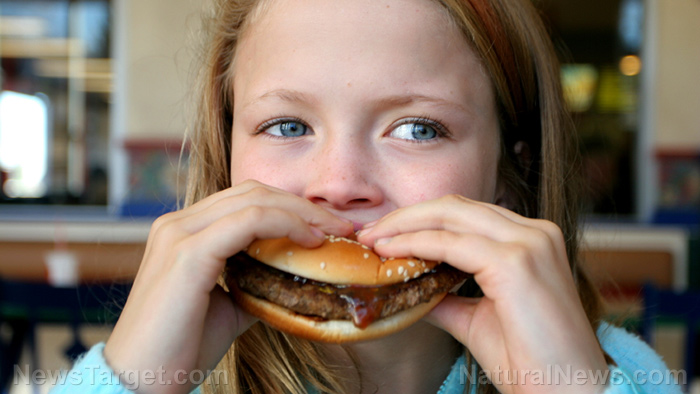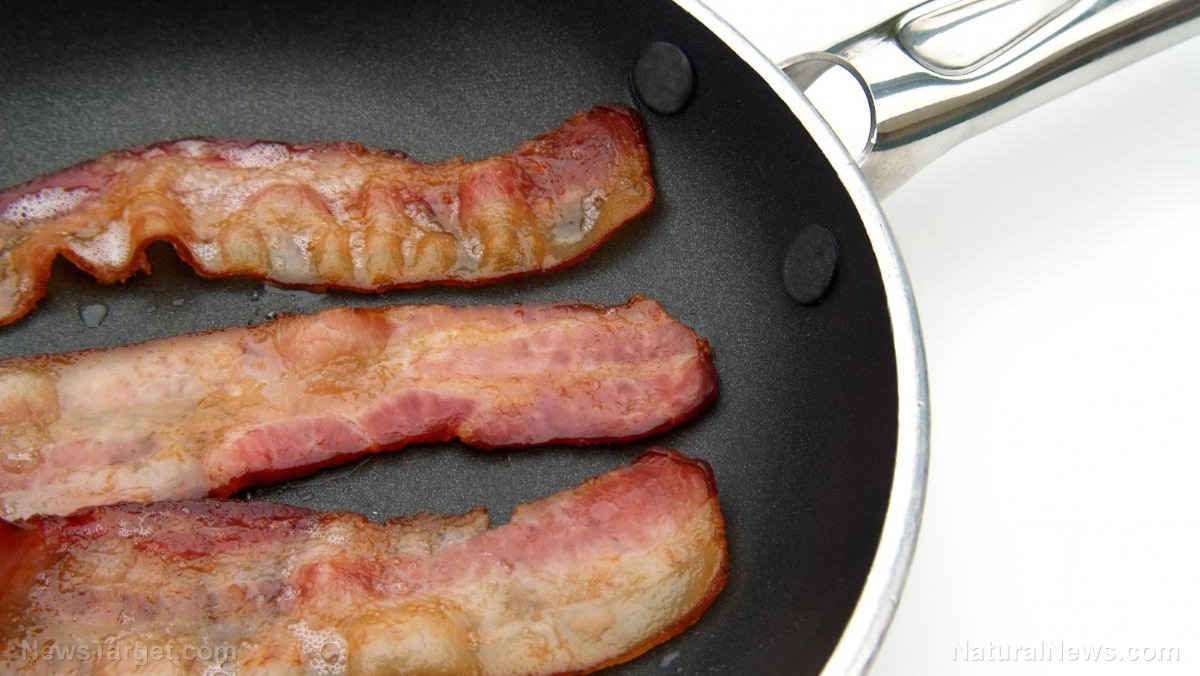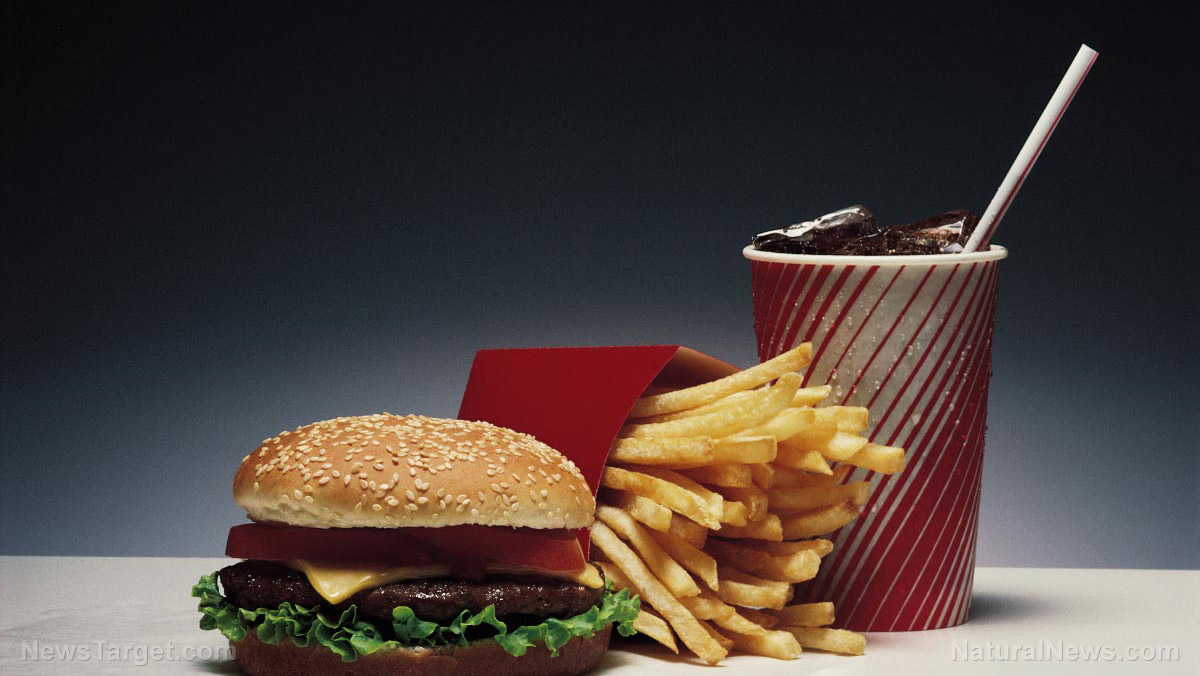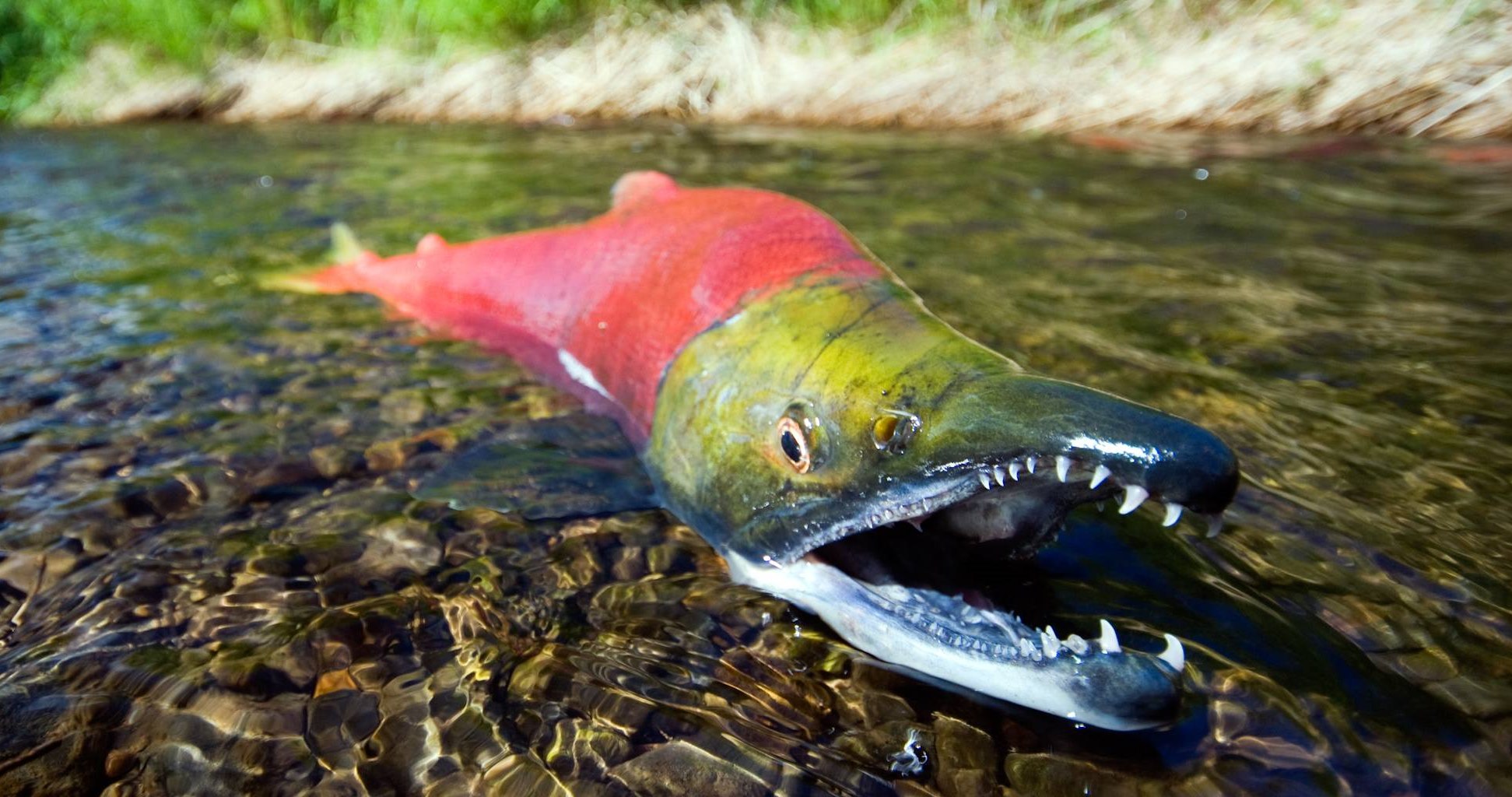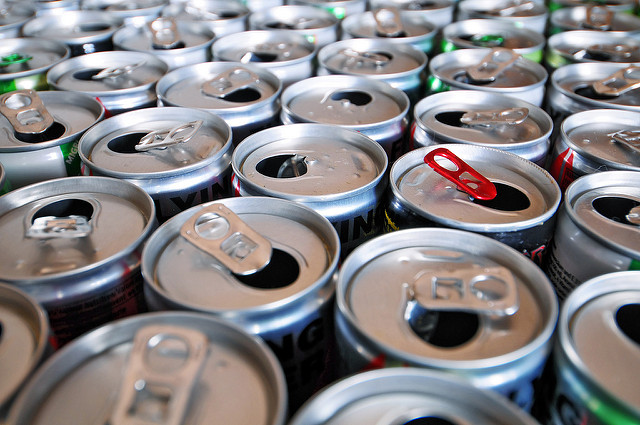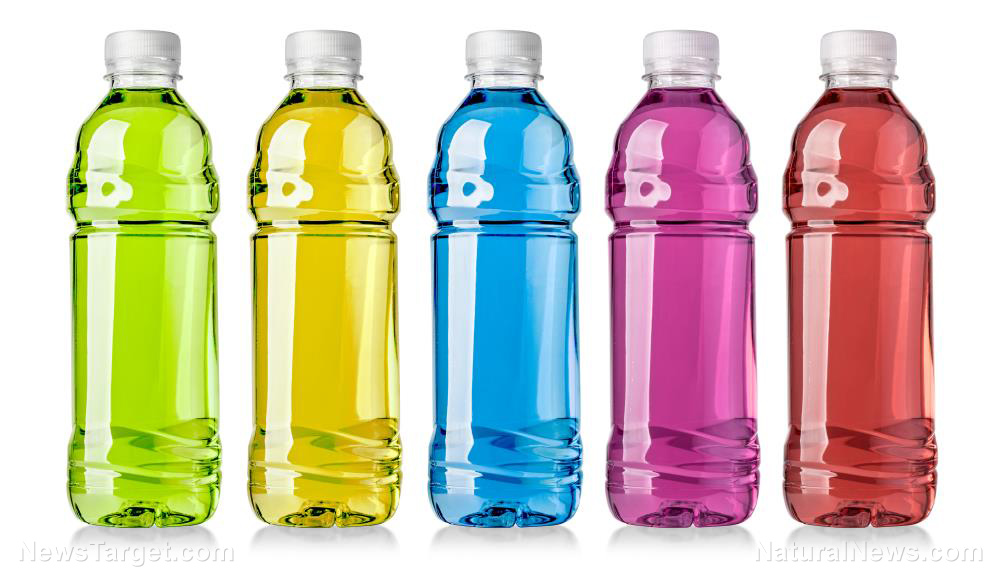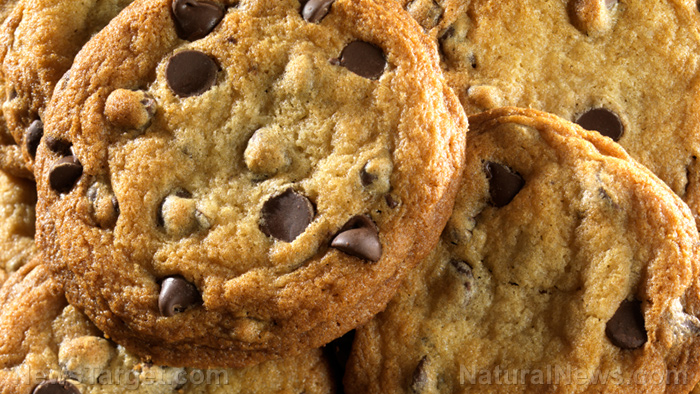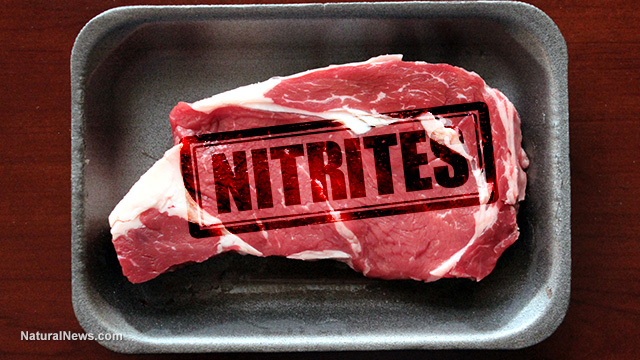A science-fiction look at how we’ll eat 20 years in the future
12/22/2018 / By Isabelle Z.
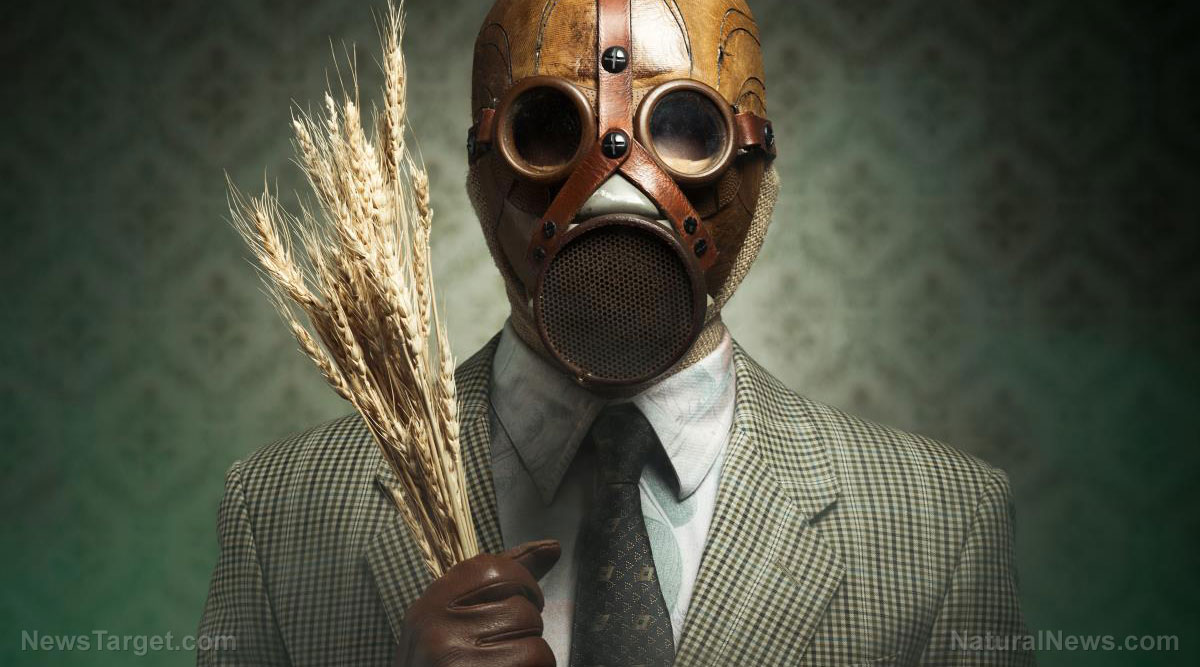
While many of us turn up our noses at the lime-green jello or spam concoctions of yesteryear, the truth is that a lot of today’s popular foods are equally disgusting; Unicorn Frappuccino, anyone? However, when you compare many of the more natural foods we have now to what it was like in the past, the difference can be shocking. The tomatoes at your supermarket might be a lot bigger than the ones your grandparents grew on their farm, but they’re also likely packing fewer nutrients and a lot less flavor. They’re also probably doused in pesticides that could kill you. If this is what it’s like now, how will we be eating 20 years from now?
If you’re brave enough to even entertain the answer to this question, Fast Company recently took a “science-fiction look” at the future direction of food – and it isn’t pretty. Although sugar has rightfully become “the new cigarettes” by then, they also see us eating fish that has never seen the sea and grilling meat that didn’t come from animals – which isn’t too far off from what’s happening now. They also see wine and eggs being synthetic and all fruit being grown using genetics.
They envision a future where obesity is a thing of the past, but that’s only because a new agency will be analyzing the way people eat using a digital implant. They see everyone being forced by the government to ingest an “edible nanorobot” on a regular basis to assess the risk their food poses to their health as well as that of the environment. These health habits will also be used to set people’s health insurance premiums, and insurers will use the implants to track what people eat in real time.
Fast Company sees farms as resembling Apple Stores rather than traditional farms, with technology taking over. They imagine robotic greenhouses replacing urban gardens and creating food for people at high speed. They say it could be 500 times faster than growing it from soil, and there will even be hybrid foods. It looks like in this scenario, the world didn’t learn anything from the dangers of the GM soy and corn crops of today.
More fake food than ever
Every food in the world could be digitized, they say, enabling people to use a 3D printer to print them. For example, instead of ordering food by phone or even online, you can get the recipes and dishes of the world’s top chefs simply by purchasing their information and having your 3D food printer replicate them. Users can select foods from a database, and their 3D printer will create tiny cubes shaped like that food and inject them with the relevant colors, flavors and nutrients. Meanwhile, powdered food synthesizers will be creating snacks with multiple flavors in each bite – as if the fake flavors and enhancers of today, like nitrates and MSG, aren’t bad enough!
They also envision a type of food police that uses technology to trace everything people eat and monitor their food waste, possibly blocking individuals from buying certain foods if they would push them over a predetermined allowable carbon level, or because they’ve already ingested enough calories for the day.
Perhaps what is most disturbing about many of these scenarios is the fact that they don’t sound like that much of a stretch. We already have lab-grown meat that “bleeds” and Frankenapples that don’t turn brown. It’s impossible to predict the future, of course, but the signs are everywhere that our food supply is headed down a very dangerous path where finding natural, real foods could become increasingly difficult – and what will happen to us then?
Sources for this article include:
Tagged Under: 3D printed food, fake food, frankenfoods, future, grocery cures, nutrition, obesity, scary future, sugar, toxic ingredients, Tyranny



